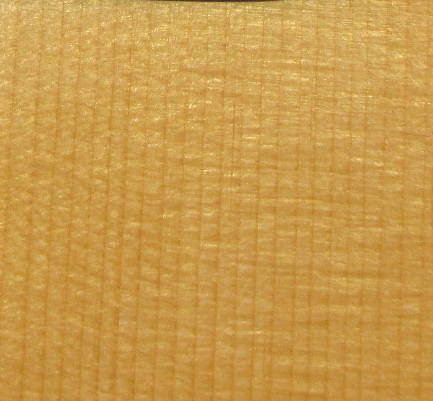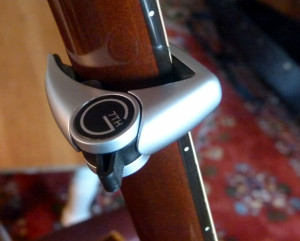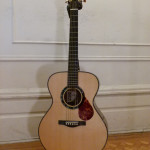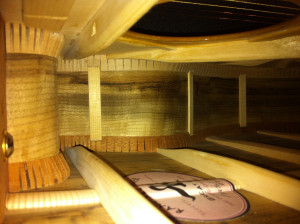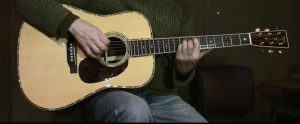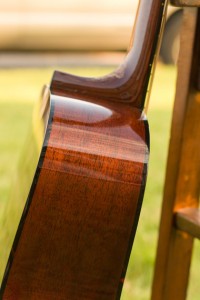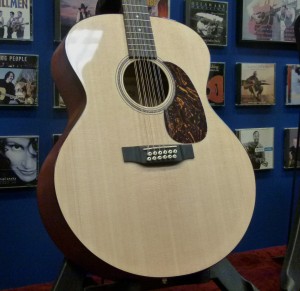We get to the heart of the heart of Martin’s Authentic Series with our D-28 Authentic 1941 Review
As our D-28 Authentic 1941 review shows, “this isn’t just a good vintage D-28 reissue; it’s a great guitar.”
Tone, dynamics and playability matter most to me when judging a guitar. This guitar gets top marks in all three areas. When it comes to tone, it had me at the first strum, because of its ringing purity, impressive depth, effortless volume, and its expansive, open, room filling presence.
If I didn’t already have a 1966 D-28 that was converted to pre-war specs, I would have bought one of these guitars the day I played the prototype at the Martin factory.
The Martin D-28 is the most copied guitar in history. Martin alone has no fewer than 10 different versions of the D-28 available in their current catalog, with varying prices and levels of vintage appointments.
Many luthiers, from small workshops to major manufacturers have come out with their own take on the D-28, and many have tried to put in the specs they think matter most when trying to capture some of that legendary vibe, sound and feel that made pre-war Martins so famous. Well, this is Martin’s own attempt to make a D-28 as close to how they made them back in the day, as realistically possible. And they have done a pretty amazing job, especially considering the relatively low price tag.
Yes, Brazilian rosewood would have been very nice to have for the back and sides. But it simply would have put these guitars out of sight. The D-28 1941 Authentic is not a collectable museum piece to be set in a closet to protect the investment required to own one. It is an exquisite, yet practical musical instrument that can and shall be played, recorded and enjoyed.
Read the Full D-28 Authentic 1941 Review Here
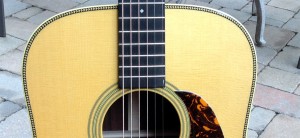
Like this:
Like Loading...
